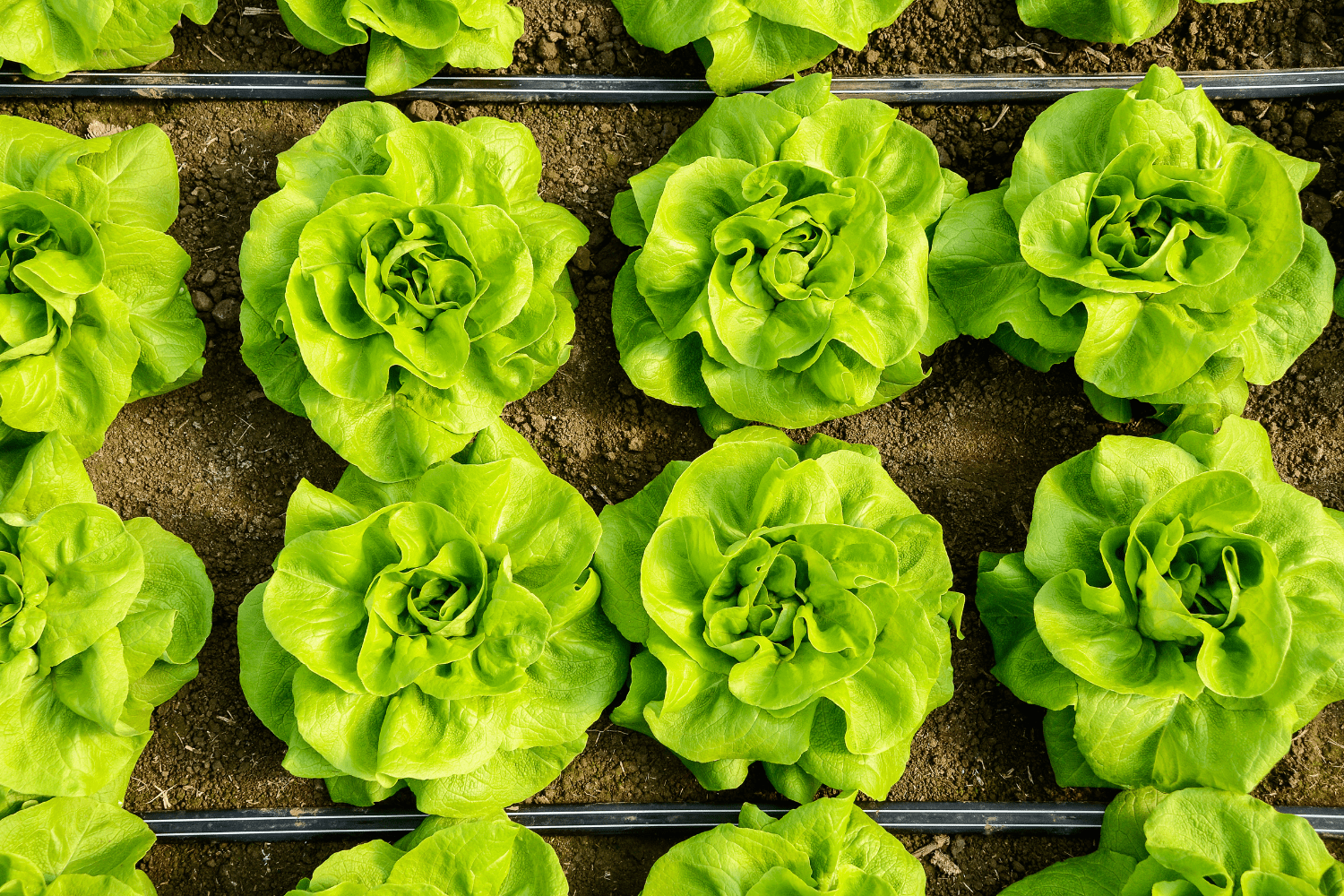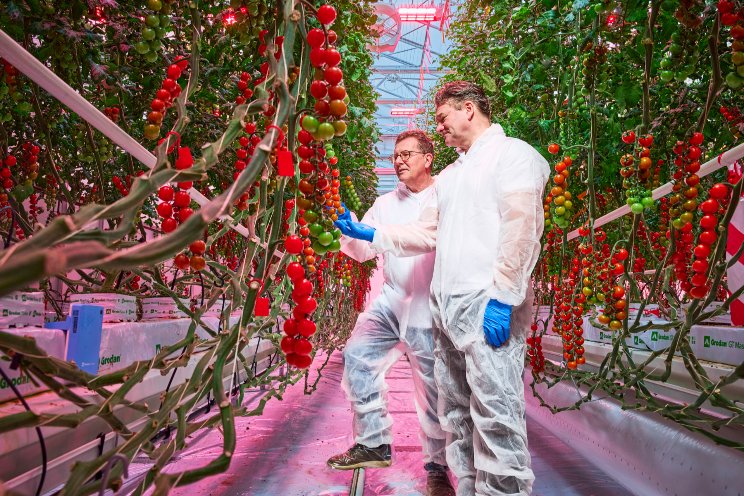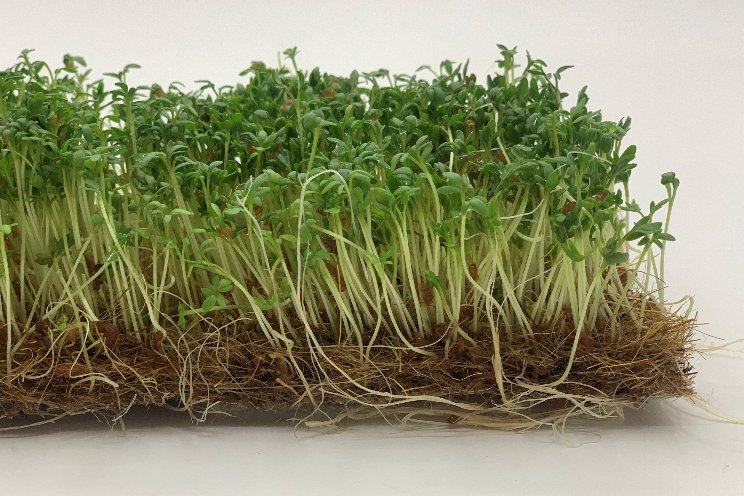Analyzing the carbon footprint of field cultivation
Added on 08 March 2023


My previous post was focused on the carbon footprint of crop transportation from the lettuce production regions on the West Coast of the US to East Coast Markets. The thought experiment concluded with a rough figure that each lb of moved product incurs about ⅓ of a pound of CO2 in the process. This was compared to the carbon footprint of a typical grid-tied container farm, which produced CO2 in excess of 8lbs of CO2 per lb of product grown. This begs the question, are the solutions being pushed by the CEA industry really that impactful when it comes to holistic sustainability? Are we conveniently ignoring the carbon footprint story when we boast about 95% water savings and longer product shelf-life? I really appreciated the conversation that stemmed from this discussion and want to address a misconception that I take for granted as a professional in the industry.
While it is true that much of the equipment that field farmers use on a daily basis is petroleum based and produces carbon dioxide in the neighborhood of 22 lbs of CO2 per gallon of fuel burned, it must be considered that this equipment is often serving hundreds, if not thousands, of cultivation acres. At an industry-average field-farming yield rate of 22,175 pounds per acre (for the more boutique varieties that are grown in CEA settings), that's a lot of lettuce! In fact, the cultivation of lettuce and other leafy greens in field settings is highly carbon-efficient when compared to more energy intensive processes like those used in many CEA facilities. The other major contributor to the carbon footprint of field-grown products is the biogeochemical changes that occur in the soil due to farming activities and this can include both positive and negative carbon (or carbon equivalency) impacts such as methane emissions, nitrous oxide volatilization, or carbon sequestration from carbon-fixing soil bacteria. In order to properly address soil cultivation carbon impact, all of these must be included.
All Photos Courtesy of Agritecture
More news















